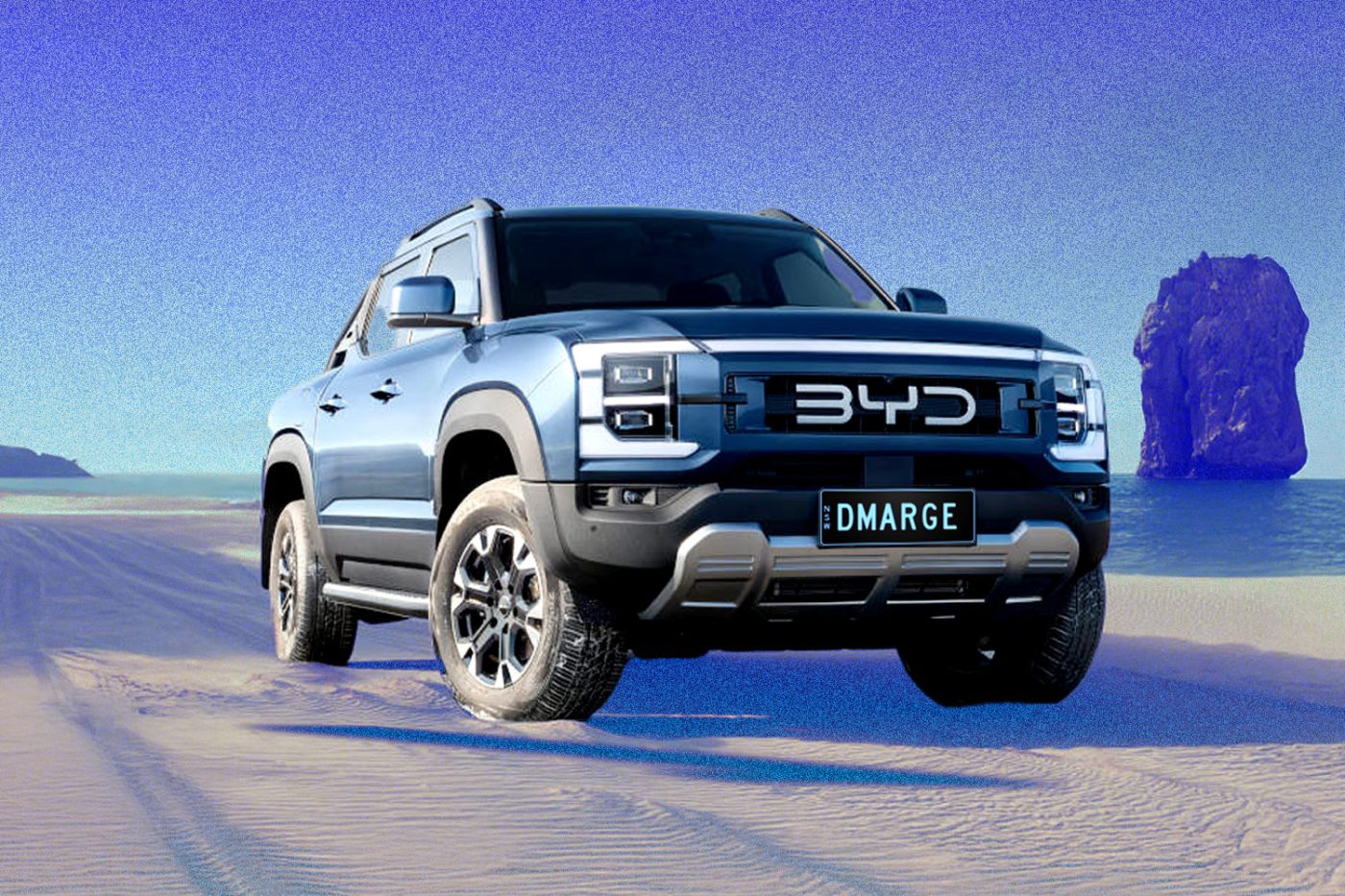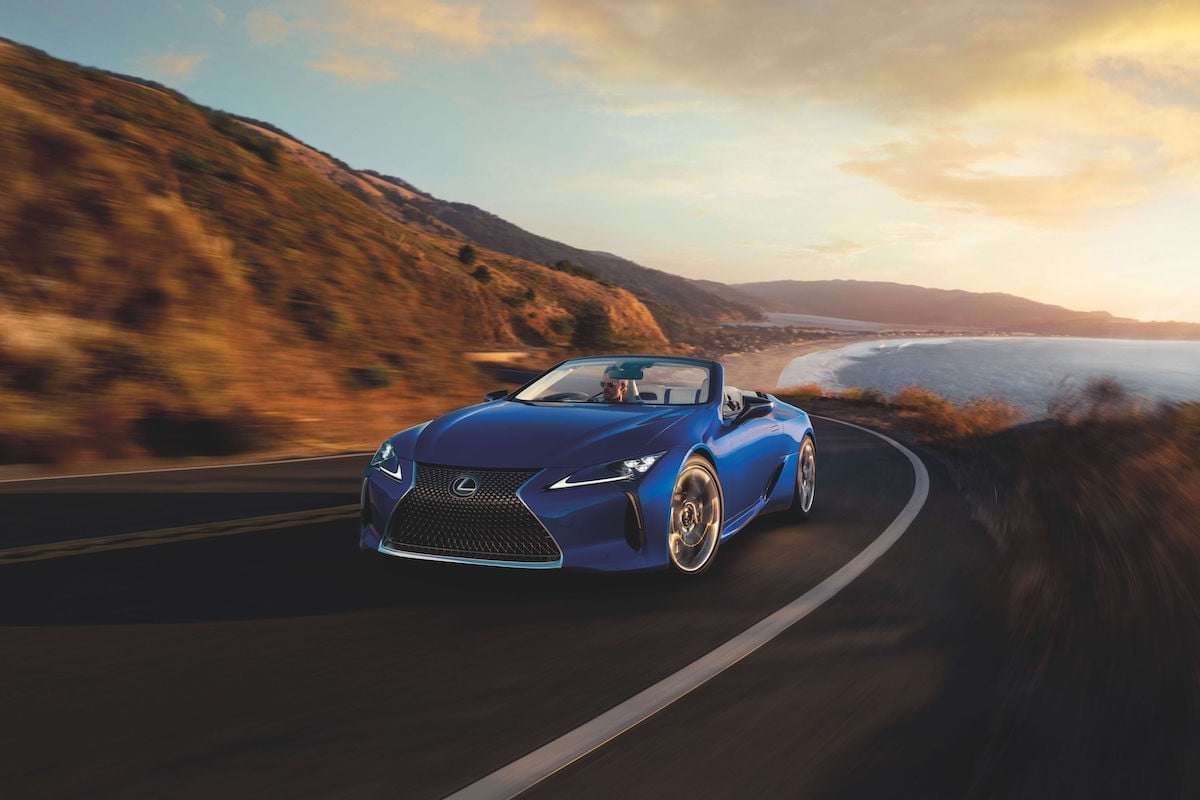- Australia’s new car market is on track for a record year, despite struggling private buyers and evolving brand rankings.
- Emerging brands from China are rising fast, while traditional frontrunners see shifts in their standings.
- VFACTS data offers insights but can be skewed by self-registration and doesn’t include some key electric vehicle brands.
The Australian new car marketplace is riding a rollercoaster of booming ute favourites, fast-selling new makes and models, macro and micro-economic challenges and some good old-fashioned match-fixing…
Private new car buyers are on strike as the cost of living and continued high interest rates bite. Yet, with a month of sales to run, Australia is still looking at a record year of new car registrations with ‘winners’ across a number of key market segments.
Which Brands Won? Chery and BYD get moving
With just one month’s figures to go, we reckon we are pretty safe to call out that there remain some clear winners (and losers) in 2024. Indeed, of the 52 brands that still report via VFACTS, 15 have posted better than 10% growth in 2024. The top mass-market performers in percentage terms were Chery and BYD, followed by Suzuki, GWM, Mitsubishi and Ford. Year-to-date Chery has more than doubled its volume, while BYD is up over 68%.
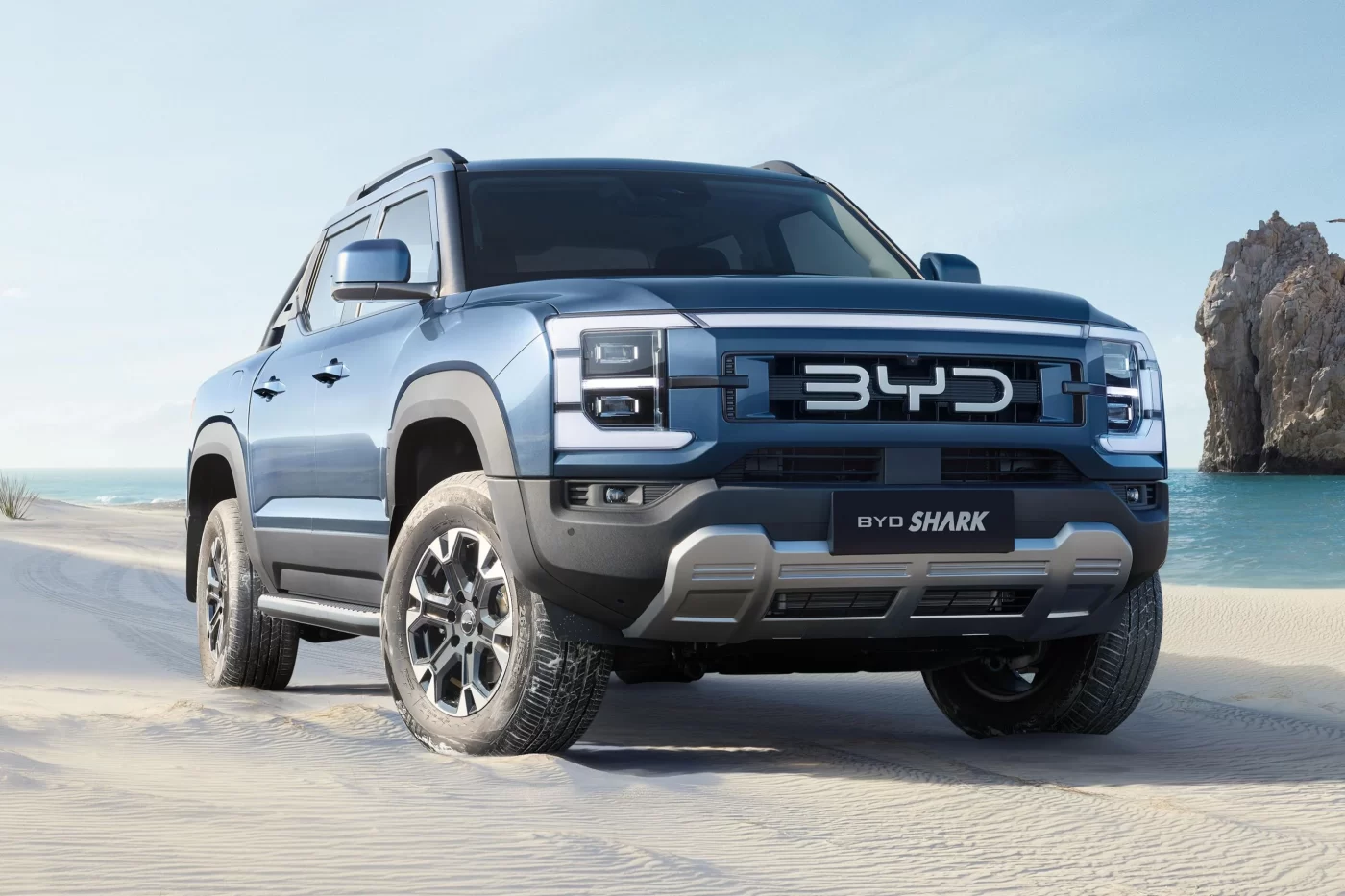
Given no BYD Shark 6 registrations were logged in the official November numbers and the carmaker is claiming significant sales volume for the plug-in hybrid ute, it could significantly boost its numbers in December. Australia’s top ten new car brand ladder reads: Toyota, Ford, Mazda, Kia, Mitsubishi, Hyundai, MG, Isuzu Ute, Nissan and GWM. Three of those brands are down year-to-date – the worst off is MG almost 15% off in the same period as 2023.
Which Were the Biggest Losers?
The changing face of the top ten (listed above) gives more than a few clues to 2024’s losers – or at least, also-rans.
Perennial number two, Mazda’s slip of almost 5% has it in third place.
Related Stories
Hyundai is well behind upstart ‘cousin’ Kia – who now has a ute. The effect of a dual-cab on sales volumes is evidenced by their domination of overall top-selling models. Even if Kia’s Tasman has a face only a mother could love, it will generate incremental volume and should see the brand continue its upwards march.
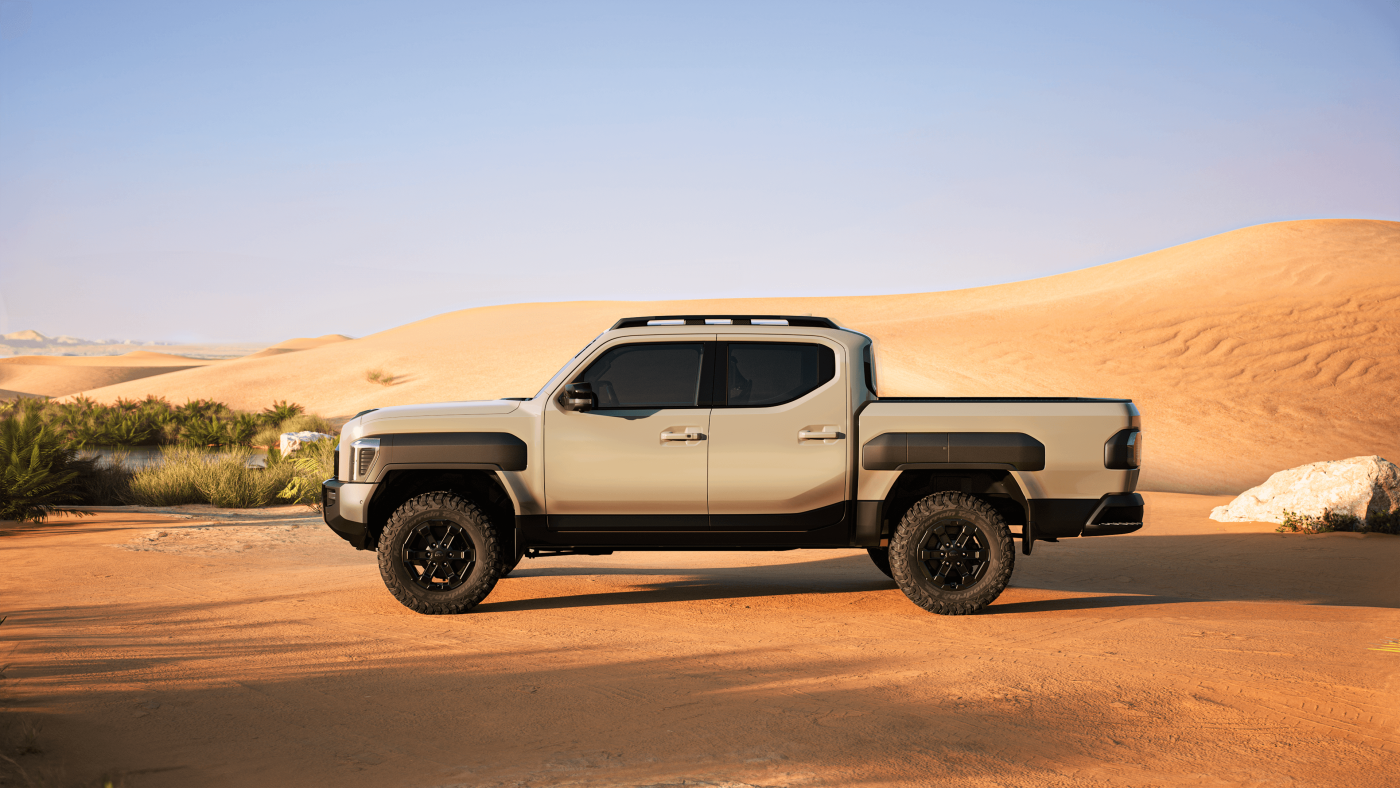
At the top-end of town, Mercedes-Benz is, at best, uncomfortable, tracking almost 18% down year-to-date. This contrasts with BMW, which is almost level-pegged in its 2023 total. Audi is 20-something percent off.
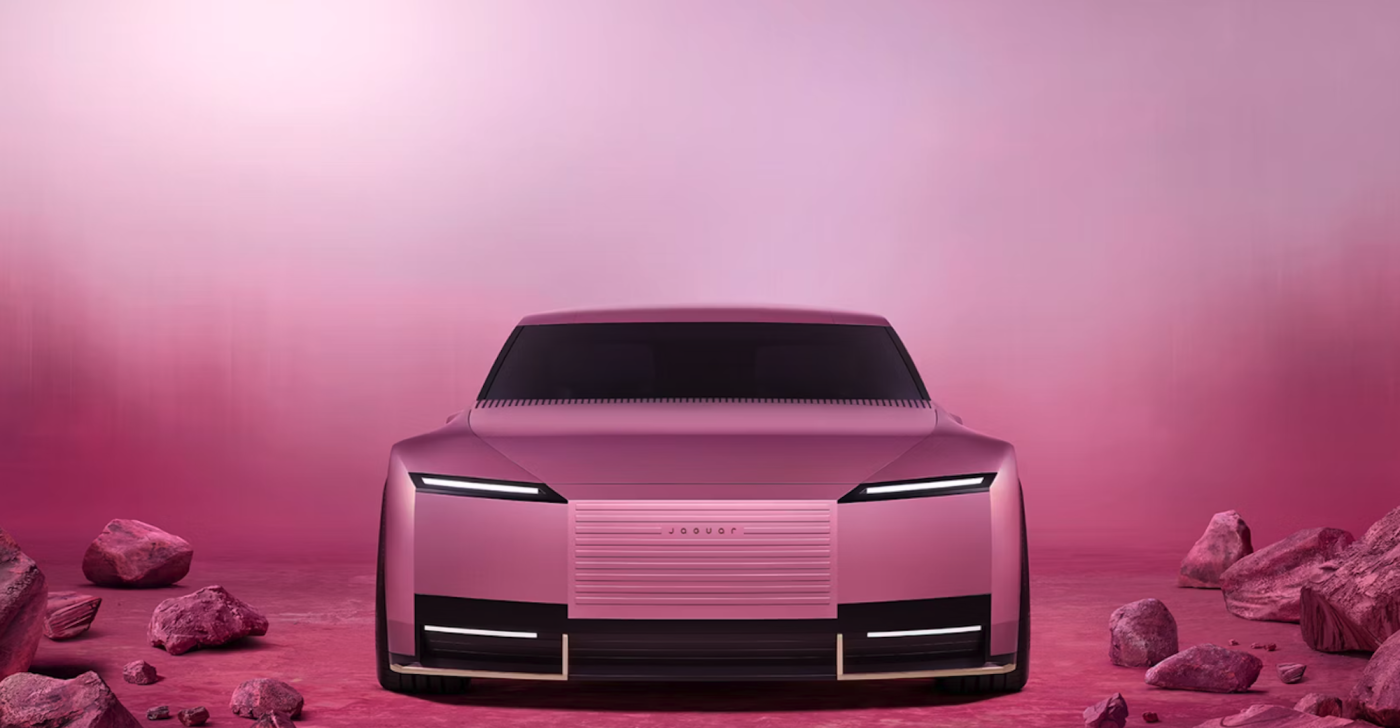
Flying in the face of commentary – and logic – somehow, Jaguar is almost 40% up year-to-date. The point should be made, however, BMW Australia sells almost 40 cars for every unit Jaguar delivers. ‘Copy nothing’ is a great slogan, Jag — but perhaps it’d be worth copying BMW’s sales figures in the medium term…
Considering volume brands (4000 or more units for the Jan-Nov period in 2023), the biggest losers of 2024 are Jeep, RAM, Skoda and Renault. Jeep and RAM lost over 45% of their respective volume in 2024. Yikes. Bring back the Jeep Cherokee (XJ) I say.
Australia’s Top Car Models: RAV4 and Ranger
Aussies love a ute and SUV – it’s a fact… On this vehicle choice, the FCAI Chief Executive Tony Weber stated: “Consumer preference remains clear with SUVs and Light Commercial vehicles making up the top ten new vehicles sold while Passenger vehicles fell to a monthly market share of just 13.7 per cent.”
The country’s top five is all utes or SUVs with Ford Ranger easily leading the pack. Then comes Toyota RAV4, Toyota HiLux, Isuzu D-Max and Mitsubishi Outlander. Toyota Corolla gets an honourable mention as the top-placed non-highrider in the bottom half of the top ten… It takes a little more digging into the numbers to see the best-performing (YOY) models but most pundits could have easily guessed the absolute top of the pops.
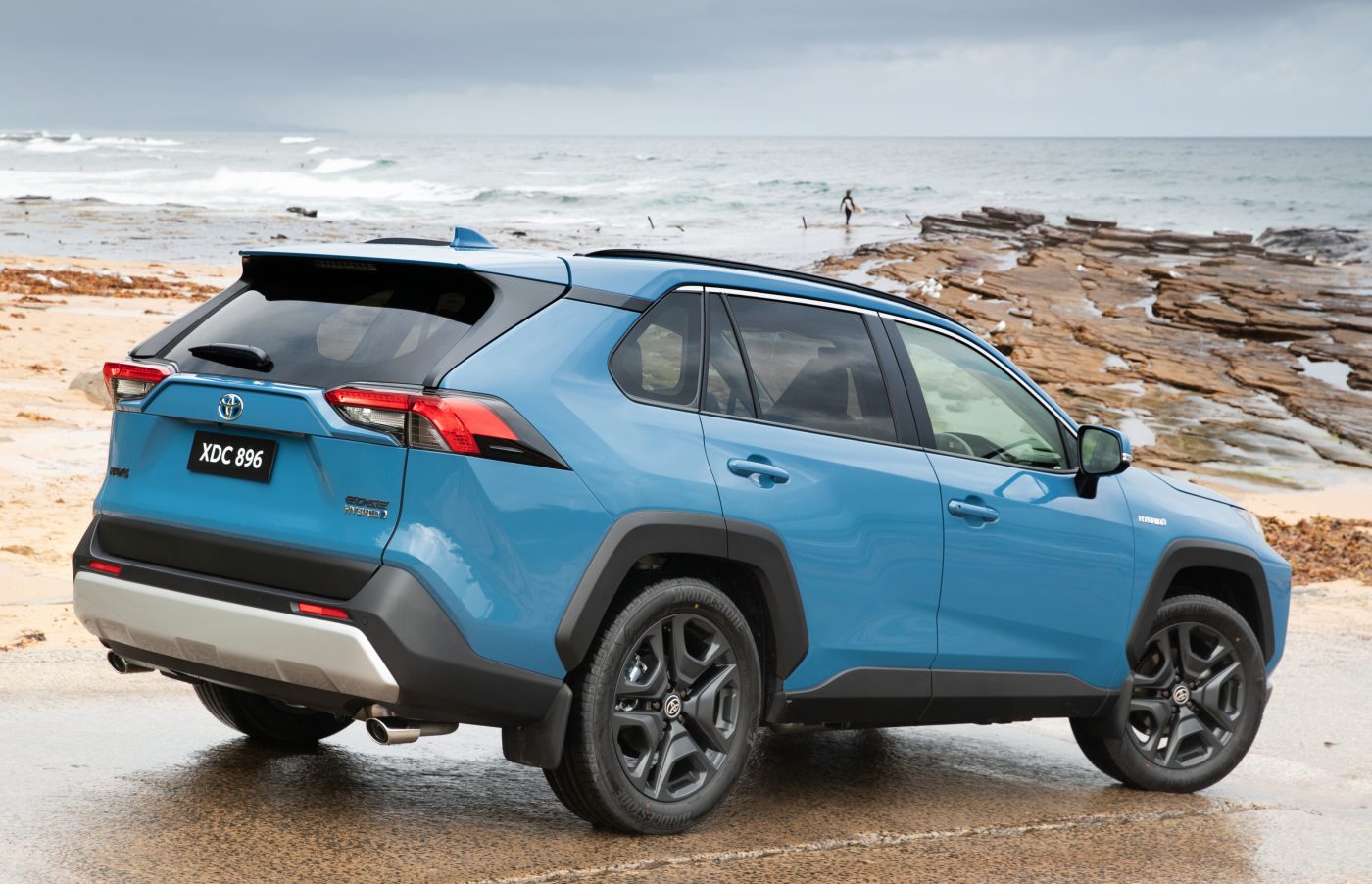
Toyota RAV4 is not only one of the country’s top-sellers, it also topped the table as the most improved. Jan-Nov 2024, Toyota registered almost 54,000 RAV4s in the period, an increase of over 26,000 after serious supply issues in 2023. Almost nothing else came close in terms of year-on-year change. One vehicle did give the RAV4 a nudge in terms of 23 v 24 performance – the Blue Oval’s very capable dual-cab antidote, the Ford Everest. Almost 11,000 units up on its 2023 figure to log 24,018 regos so far in 2024.
The remainder of our top five most improved were Kia Cerato, Hyundai Kona and BYD Seal.
- The Kia almost tripled its 2023 volume.
- Kona was 61% up and the Seal registered almost 6000 sales in its first year of onsale.
- The next best zero to hero was another BYD, the Seal Lion 6 plug-in SUV with just over 5000 regos from a standing start. Should we flag Shark 6 again as one to watch?
Where Our Data Comes From
That’s the overview of the latest release of the official Australian new car market scorecard, VFACTS. Published this week, covering the year-to-date to the end of November, VFACTS is a key barometer of the new car marketplace. But it’s not gospel. For a start, it’s important to call out that VFACTS records new car registrations, not sales. It’s also essentially unaudited – carmakers supply their own numbers on a ‘you show me yours and I’ll show you mine’ basis.
VFACTS also doesn’t cover all manufacturers. In a spat in 2023, EV brands Tesla and Polestar withdrew from the program over their belief that VFACTS operator the Federal Chamber of Automotive Industries wasn’t properly representing EV brands. The jury’s out on how many of the new entrants to the Australian new car marketplace will sign up. For the time being most are within the fold.
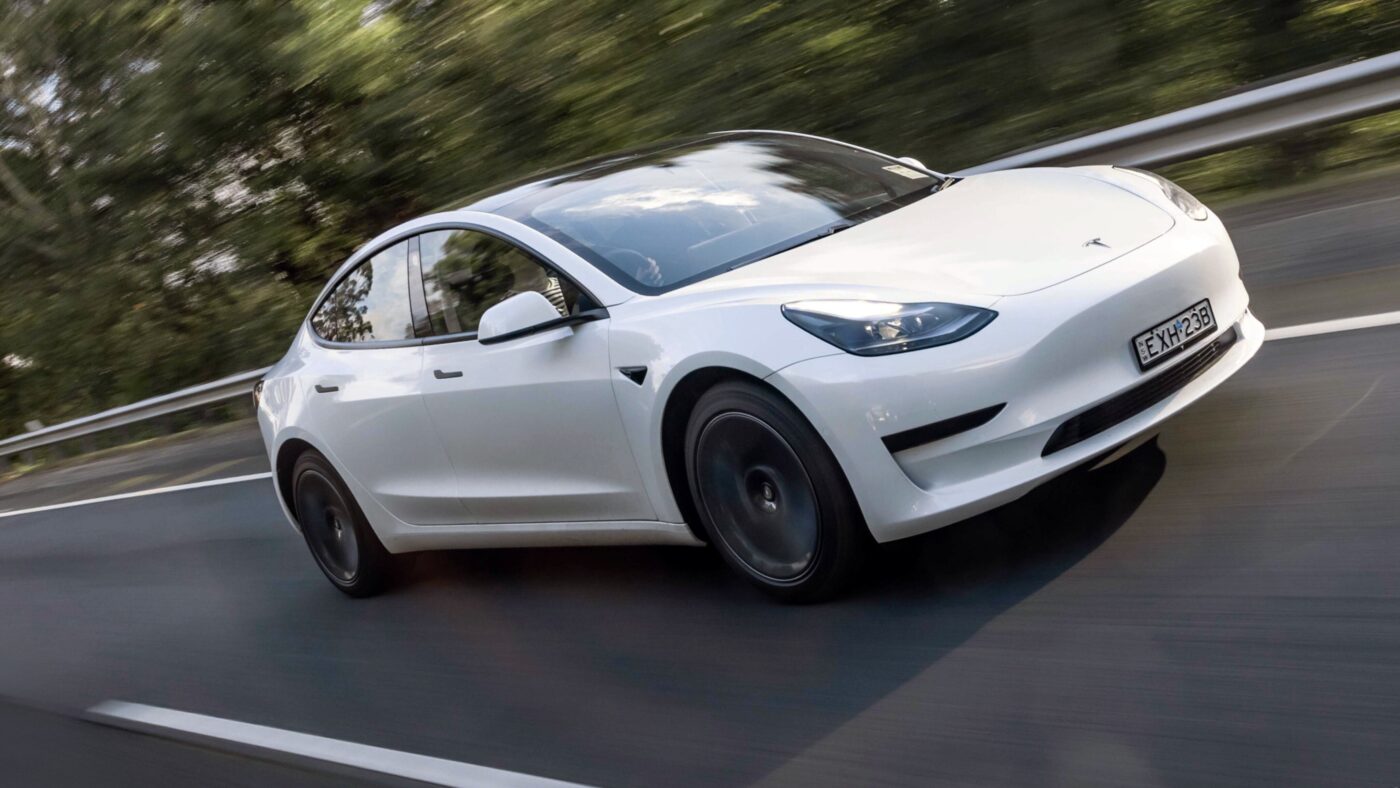
The absence of Tesla and Polestar can be accounted for in the numbers. The sales versus registration delineation is not so much. You see, when times are tight, it’s common for brands to pre-register new cars to keep their stats looking solid. Often, they go on to sell the cars as demos or company cars – sometimes with only delivery miles on them… It’s a tactic that’s particularly employed at key periods – end of the financial year and the end of the calendar year… Or when there is significant legislative or regulative change looming that could affect the legality of certain models…
Oh look… The Christmas lights are going up… And NVES, Australia’s new vehicle emission rules takes effect on January 1…
The Key Stats: A Record Year Still in Sight
November was the best monthly volume since July at just over 99,000 registrations but it is almost 12% down on the same month in 2023. Yet, year-to-date the market remains up and with an ‘average’ December should still generate an annual record. Right now we’re looking in the region of 1.25m new vehicles.
Weber stated: “From an historical perspective, the 2024 year-to-date result is strong. However, the market is starting to show a number of clear trends. The first half of 2024 recorded market growth of 8.7 per cent compared with 2023. Since July, we have seen the market decline by 8.2 per cent compared with 2023.” But who is buying these cars? Not private buyers… Weber again:
“The Private buyer segment continues to struggle with a decline of 16.6 per cent on November 2023. This follows falls of 14.2 per cent in October, 17.2 per cent in September and 15.9 per cent in August. This is a disturbing trend which illustrates how cost of living pressures are impacting households.”
FCAI Chief Executive Tony Weber
In contrast to private buyers exiting the market, business and government registrations are up year-on-year. Privates have accounted for more than half of all regos this year with business around 37%. Rental fleet volumes are off too.
In keeping with FCAI’s often almost anti-EV rhetoric, the release stated: “November recorded another disappointing result for the sale of electric vehicles while Hybrid and Plug-in Hybrid accounted for 16.9 per cent of November sales compared with 9.9 per cent last year.”
